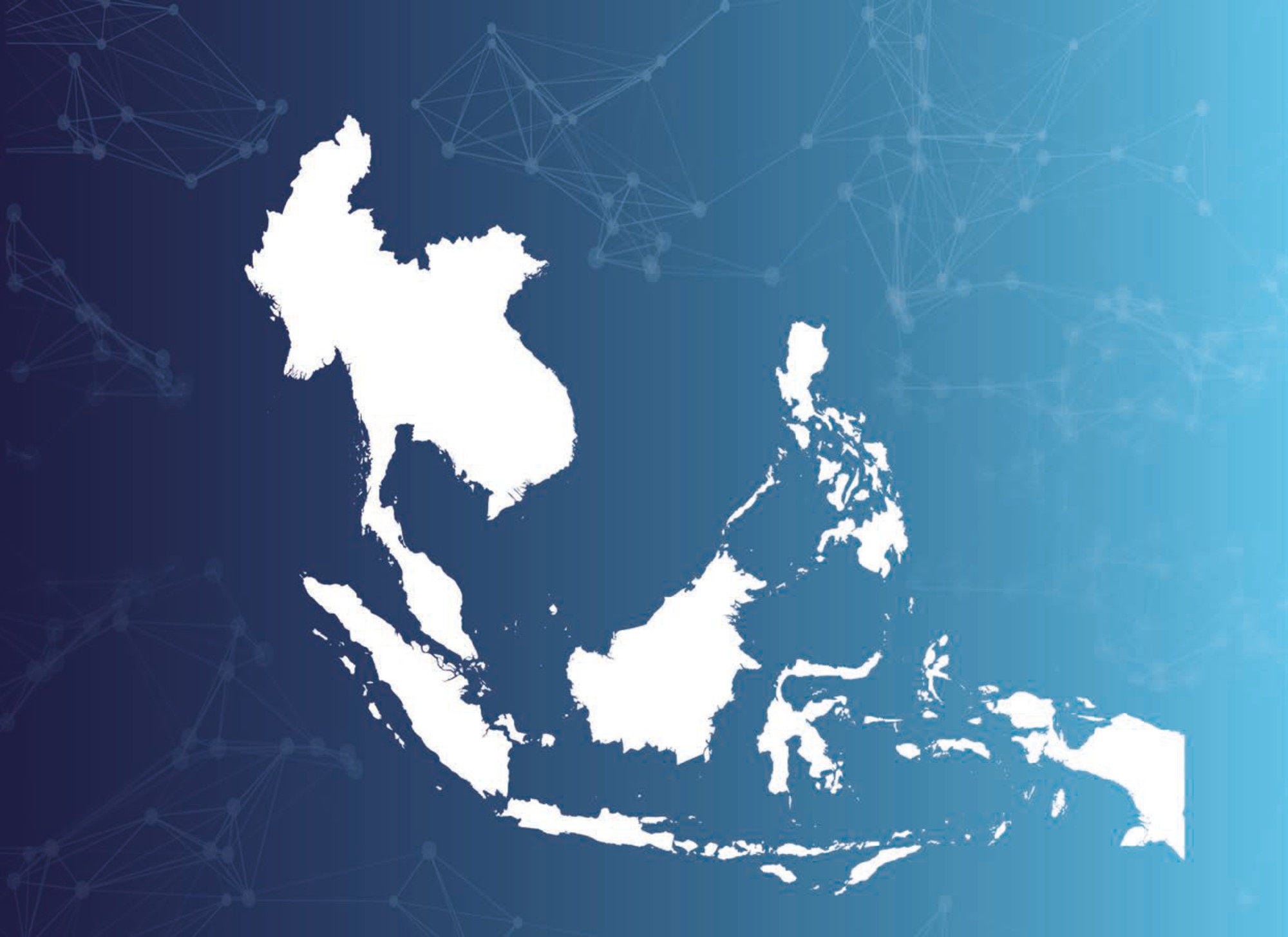Water-related infrastructure could contribute significantly to the development of the Mekong region. At the same time, poor water infrastructure could lead to development challenges for the countries in the region. Innovation for Water Infrastructure Development in the Mekong Region discusses the challenges facing the region as well as the possible innovative policy options, including those used in Emerging Asian countries, and with reference to the experiences of OECD member countries. It provides analysis and recommendations for the region’s policy makers to consider in their efforts to improve water infrastructure. The report first provides an overview of the socio-economic contributions and environmental challenges of the Mekong River. It then presents some potential new financing options for the development of water infrastructure, using digital tools such as Fintech and blockchain. It also examines the potential of using the spillover effect of tax revenues to attract private finance. It then goes on to discuss the importance of strengthening water infrastructure resilience against natural disasters, including the current COVID-19 pandemic, and finally analyses the challenges of water regulations in the Mekong region.
Innovation for Water Infrastructure Development in the Mekong Region

Abstract
Executive Summary
Countries in the Mekong region recorded impressive economic growth in the last decades, mainly due to the economic opportunities provided by the Mekong River, at the same time, they also face multiple challenges. For instance, water infrastructure needs are increasing but private sector participation in water infrastructure remains dismal and options of infrastructure financing are limited. In addition, there remains ample room for improvement of water regulations. Innovative approaches are therefore needed to address these challenges. Innovation for Water Infrastructure Development in the Mekong Region covers five main topics: the socio-economic contributions and environmental challenges of the Mekong River (Chapter 1), the potential of digital infrastructure financing, with a focus on Fintech and blockchain (Chapter 2), the merits of inducing private finance to water supply and inland water transport using spillover tax revenues (Chapter 3), the resilience of water infrastructure to natural disasters and COVID-19 (Chapter 4), and the challenges of water regulation in the Mekong region (Chapter 5).
Socio-economic contributions and environmental challenges of the Mekong River
Countries in the Mekong River Basin (MRB) have recorded impressive economic growth, leveraging the development opportunities provided by the Mekong River. Owing to its unique morphological features, the river serves as a lifeline to millions of MRB residents, providing irrigation supply, hydropower, fishery products, and opportunities in navigation, tourism and sediment extraction. However, the MRB is one of the river basins in the world most vulnerable to climate change and failure to adapt behaviour to changing weather patterns could hamper or reverse growth in the region.
Adaptation to climate change for riparian communities in transboundary river basins calls for increased co-operation in terms of regional security and economic development. The level of co-operation is highly influenced by national socio-economic priorities and major uses of transboundary rivers. Future transboundary co-operation in the MRB has a strong foundation on which to build.
Potential of digital infrastructure financing: Fintech and blockchain technology
The private sector is increasingly engaged in financing infrastructure in Asia, primarily through partnerships with the public sector and via privatisation. Notwithstanding, the public sector continues to fund most infrastructure in the region. Alternative finance mechanisms are emerging, however, that harness digital technologies (e.g. Fintech, blockchain tokens) to fund infrastructure. Such platforms, including crowdfunding and tokenisation, can help transcend the limits of traditional banks, providing a lower entry cost for retail investors and sending a reassuring signal to larger institutional investors.
Despite some success stories, the use of crowdfunding and tokenisation to finance public infrastructure is still limited in the region. It is primarily for last-mile needs and is largely donation-based. Nevertheless, progress in using alternative financing schemes to develop real estate or water projects could set the stage for broader usage of these platforms in general public infrastructure financing. Continued growth of Fintech will depend on adequacy of risk assessment, especially for large transactions like infrastructure projects. The availability and depth of secondary markets for transactions is another important factor in broadening the use of alternative platforms.
Inducing private finance to water supply and inland water transport
While the public sector supplies most of the water, private investors could help expand the water network in many parts of countries in the Mekong region. Public-private partnerships have been advocated for many years, but the low returns discourage private sector involvement. Water supply and other infrastructure investments rely on user charges as their main source of revenue. Unless user charges are high enough to cover the costs of construction and operation, the private sector is reluctant to invest in infrastructure.
Infrastructure investment can create huge spillover effects for the economy which will increase regional output and thus increase revenues for the government in terms of various taxes. Past experience has shown, however, that all these incremental tax revenues mainly benefitted governments rather than being returned to water supply companies that relied solely on user charges as source of returns. Water supply thus relied on public money, which restricted its expansion. By partly returning spillover tax revenues to investors, the rate of return from the water supply would increase. This would encourage private investors to invest in water supply.
Resilience of water infrastructure to natural disasters and COVID-19
Countries in the Mekong region are particularly prone to natural disasters such as floods, storms, drought, earthquakes, landslides and epidemics. Climate change, rapid and unplanned urbanisation, as well as environmental degradation, are among factors that increase countries’ vulnerability to natural hazards. The COVID-19 outbreak has also demonstrated the need to build resilience in the face of a pandemic. Since these external shocks can lead to significant socio-economic consequences, improving resilience against natural disasters is primordial.
Efforts in this regard can take two complementary approaches. Promoting multi-purpose and nature-based solutions can improve hard infrastructure, while institutional collaboration and community engagement can strengthen soft infrastructure. Joint planning between countries is needed since the impact of water-related hazards is often transboundary. The importance of effective early warning systems also cannot be neglected. Advancements in technology create new possibilities to invent low-cost digital tools for early warning systems. Among digital tools, mobile phone use has gained importance in the region. However, efforts would be needed in reaching remote vulnerable areas.
As countries may face future natural disasters and epidemics, the important role played by proper hygiene in slowing the spread of COVID-19 provides a critical lesson. Countries need to accelerate the development of resilient and sustainable water infrastructure and increase its access. Indeed, this should be a priority in order to ensure that reliable and safe water remains widespread and accessible even during challenging times.
Challenges of water regulation in the Mekong region
Water and wastewater regulators are usually part of a broad regulatory framework at national or sub-national level. The examination of policies and legislation in the five MRB countries reveals that Viet Nam is more advanced in water regulation compared to its regional peers. In general, all five countries seem to lack services for monitoring performance and managing audits on utilities.
In general, several issues may need to be addressed: tariffs that are too low to cover operation and maintenance (O&M) costs, lack of data and limited human resource capacity. This suggests there is scope for improving regulation of the water and wastewater services (WWS) sector in the Mekong countries. Complex challenges such as governance and financial sustainability issues prevail across the MRB countries with respect to accessing water infrastructure. Universal access to safe drinking water, sanitation and hygiene provides both health and economic benefits.
In the same series
Related publications
-
 Policy paper23 March 2024
Policy paper23 March 2024












